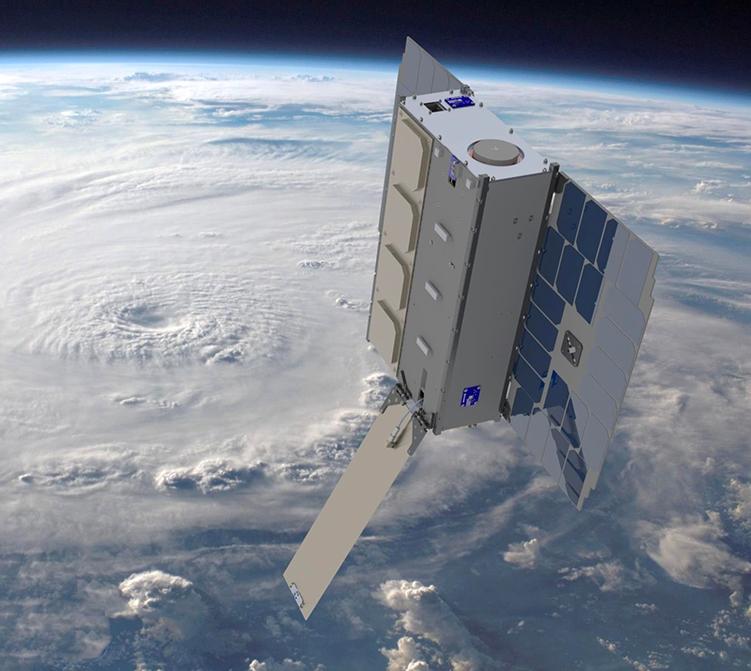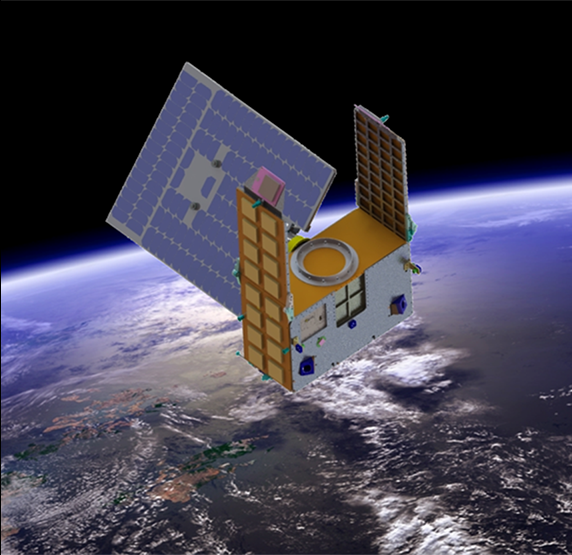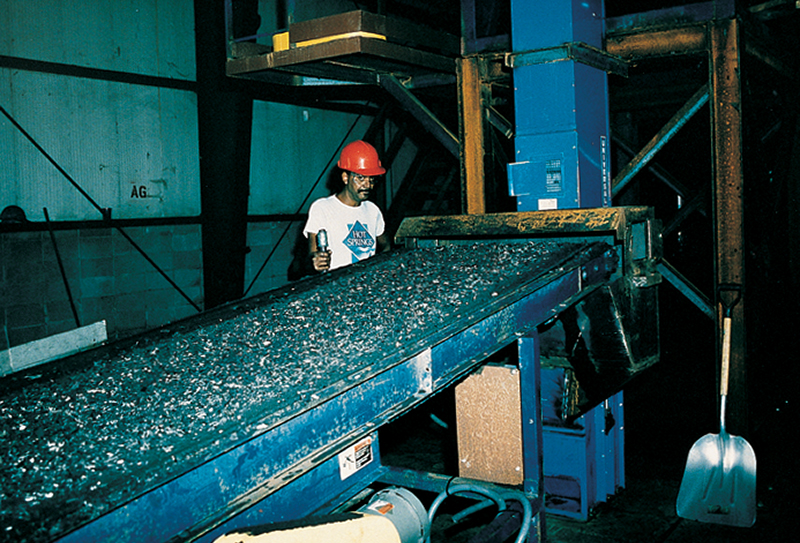
Tire Recycling
The phrase, "where the rubber hits the road" has taken on new meaning for Cryopolymers, Inc. of St. Francisville, Louisiana, near Baton Rouge.
They tapped NASA expertise to improve a process for recycling vehicle tires, to convert shredded rubber into products that can be used in asphalt road beds, new tires, hoses, and other products.
The work was done in conjunction with the Southern Technology Applications Center (NASA's Southeast Regional Technology Transfer Center) and John C. Stennis Space Center in Mississippi. NASA expertise in cryogenic fuel -handling needed for launch vehicle and spacecraft operations was called upon to improve the recycling concept.
Stennis advised Cryopolymers on types of equipment required, as well as steps to reduce the amount of liquid nitrogen used in the process. They also guided the company to use more efficient ways to control system hardware.
The process put in place by Cryopolymers utilizes liquid nitrogen to freeze tire scraps to super-cold temperatures--to a chilling 200 degrees below Fahrenheit. This procedure separates reinforcing steel belts and polyester fibers from the rubber. What is left from the treatment is called "crumb," a material that can be further divided into various grades depending on particle size. The larger particle crumb can be used as a component to improve the wearability of a road surface. Also, large particle crumb can be reprocessed to mold products that are low in strength, but high in weather proofing value.
Even the smaller pieces of crumb are useful. They can contribute to new tires, agricultural hoses, or when mixed with plastics, culvert piping and protective mats for the bed of pick-up trucks.
For each pound of rubber salvaged, nearly 90 percent is reduced into crumb. What remains is called "fluff," scrap metal and polyester residue that can be incorporated into new products as a reinforcing fiber.
"NASA's assistance to Cryopolymers demonstrates the value and wisdom of leveraging federally-funded technology and know-how for private sector use," points out Kirk Sharp, NASA Technology Transfer Officer at Stennis. "As in this case, often the bottom line amounts to jobs, increased profits and enhanced global economic competitiveness for the U.S. companies."
"We are so proud of what we are doing," says Joe Kelley, director of community affairs for Cryopolymers.
In terms of value, the Cryopolymers recycling process has proven itself a winner on several fronts. It is estimated that, on a nationwide basis, more than 300 million tires per year are produced. Tire recycling is highly desirable and of great benefit in today's environmentally conscious society.
Cryopolymers expects to reach a production rate of 5,000 pounds of rubber per hour. That translates into over 5,000 tires recycled per day. The new company has created dozens of new jobs in the area and anticipates an annual income of $4 million.
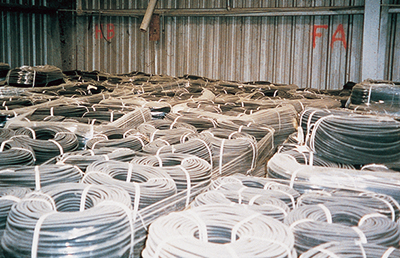
NASA know-how in handling super-cold fluids is allowing Cryopolymers, Inc. to recycle shredded tires more efficiently into "crumb." The material can be used to manufacture agricultural hoses.
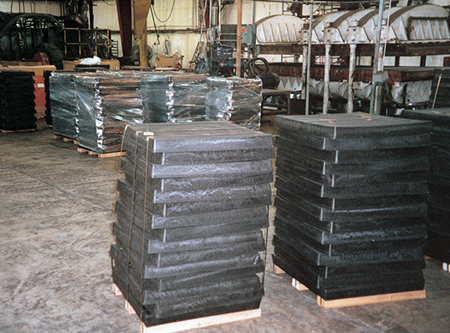
When mixed with plastics, another use of the material generated from recycled tires is bed liners for trucks.

Recycled tire "crumbs" help reduce tire disposal problems and are used in asphalt roadbeds and other items. NASA experts on cryogenic equipment made the recycling idea more cost effective.












